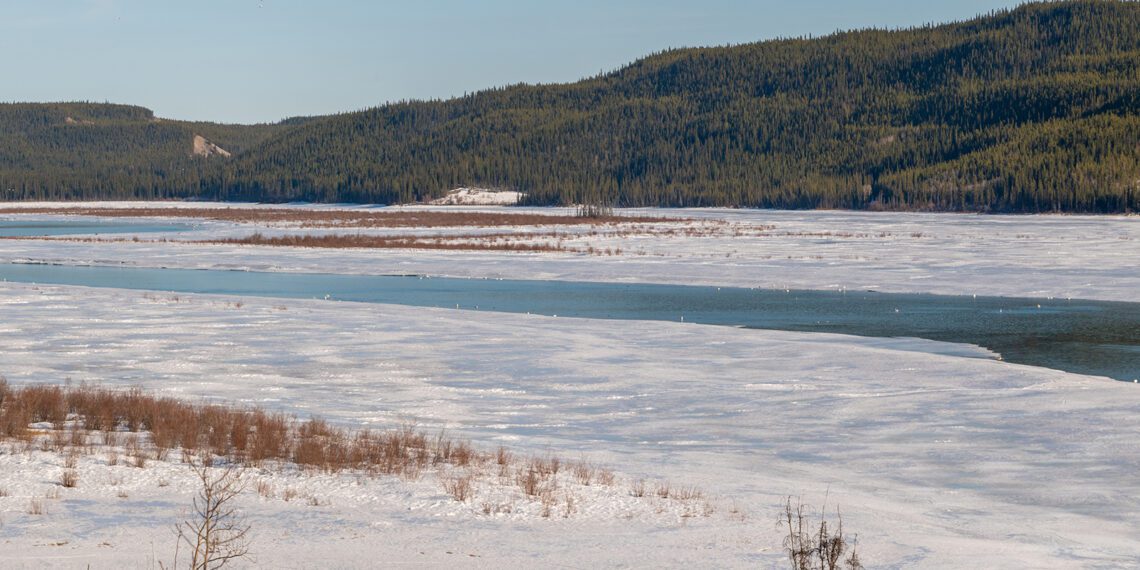Canada is one of the world’s leading mining jurisdictions due to its sophisticated financial services industry, skilled workforce, and strong regulatory environment. Canadian exploration budgets have also grown exponentially in 2021, re-establishing the country as the world’s top exploration destination, which it previously lost in 2018 to Australia. In a recent article by S&P Capital IQ, exploration budgets for Canadian projects “totalled US$2.09B, 62% higher year on year and the country’s second-highest budget since the US$3.24B posted in 2012”.
This comes as no surprise, considering Canada is home to many of the materials required for clean energy technologies, plus the country hosts a wealth of gold resources many junior companies are keen to delve into. According to The Canadian Minerals and Metals Plan, the country is a key global producer of copper, gold, nickel, and cobalt, and hosts advanced mineral projects for rare earth elements, lithium, and graphite. Many of these commodities are crucial in the production of solar cells, high-density batteries, and wind turbines.
Aside from batteries, which are the key component in electric vehicles (EVs), the material demand for renewable power technology is also set to rise. For example, Clean Energy Canada highlights the opportunity that a lower carbon economy presents to Canada and its mining industry. Canada notably has rich deposits in many of the minerals and metals needed in renewable energy technologies.
The country is home to 14 of the 19 metals and minerals needed to make solar photovoltaic panels, and it holds some of the lowest carbon-intensive mines in the world thanks to companies adopting less emitting technologies at their sites.
Gold
As reported in a recent article by Marilyn Scales of the Canadian Mining Journal, overall levels of mine production have grown significantly over the last decade, although substantial new discoveries are progressively rare and production levels are increasingly constrained. The price of gold spiked above US$2,000 per ounce last August, driven by uncertainty around the pandemic and waves of stimulus spending globally.
Unsurprisingly, one third of the worlds junior companies are exploring in Canada. With junior budgets rising considerably, particularly for gold, the group has driven nearly three-quarters of Canada’s budget growth year over year in 2021.
Mining.com states that the value of gold production in Canada has more than tripled – from C$2.8B in 2008 to C$9.6B in 2020, making the country the world’s fifth-largest producer of the precious metal.
More than 75% of the nation’s gold is produced in Ontario and Quebec, particularly from major large-scale mines, such as the Detour Lake Project and the Canadian Malartic Mine.
As reported by S&P Capital IQ, gold remains the exploration target of choice in Canada in 2021, with allocations up 85% to US$1.46B, the highest since 2012. This gain has pushed gold’s share of the Canadian budget to a record high of 69.8%.
Copper
Canada, as one of the key signatories to sign a declaration at the COP26 climate conference, is expected to ramp up technology-based-materials production to phase out the sale of fossil-fuel-powered cars and vans globally in less than two decades
Copper is utilized in almost all electrical technologies, meaning it maintains a dominant space in all clean energy initiatives. This indicates copper demand is set to balloon in the next few years, putting escalating pressure on supply chains to produce the massive quantities required to support an all-electric global fleet.
Copper is the second ranking target among major mining companies in Canada. According to S&P Capital IQ, majors’ allocations totalled US$99.9M in 2021, compared with US$34M in 2020. Among major metals, copper budgets have increased the most on a percentage basis, up nearly 200% year on year. Among base metals, copper has surpassed both nickel and zinc, whose budgets have grown 22.2% and 8.2%, correspondingly.
One of the most targeted copper exploration areas in Canada is British Columbia, home to the Highland Valley Copper mine, where it is reported that annual copper production from 2022 to 2024 is expected to be between 135,000 and 165,000 tonnes per year.
Nickel
Due to heightened demand for nickel for EV batteries, the global budget for nickel exploration has risen by 27% to a seven-year high of US$422.9M, compared with US$333.9M in 2020. Canada remains the second-most preferred country for nickel exploration with allocations totalling US$109.2M and a 26% share of the global nickel budget — virtually unchanged from 2020.
Coal
Exploration spending for all other commodities is expected to increase in 2021 except for coal and iron ore. In 2020, Canada exported an estimated US$4.5B in coal, according to the Financial Post. Most of this was metallurgical coal, which is predominantly used in steel-making.
However, Jonathan Wilkinson, Canada’s minister of environment and climate change, noted recently of thermal coal production that “new thermal coal mining projects or expansions are not in line with the ambition Canadians want to see on climate, or with Canada’s domestic and international climate commitments.
“Eliminating coal-fired power and replacing it with cleaner sources is an essential part of the transition to a low carbon economy, and as a result, building new thermal coal mines for energy production is not sustainable.”












